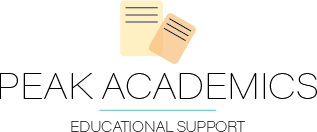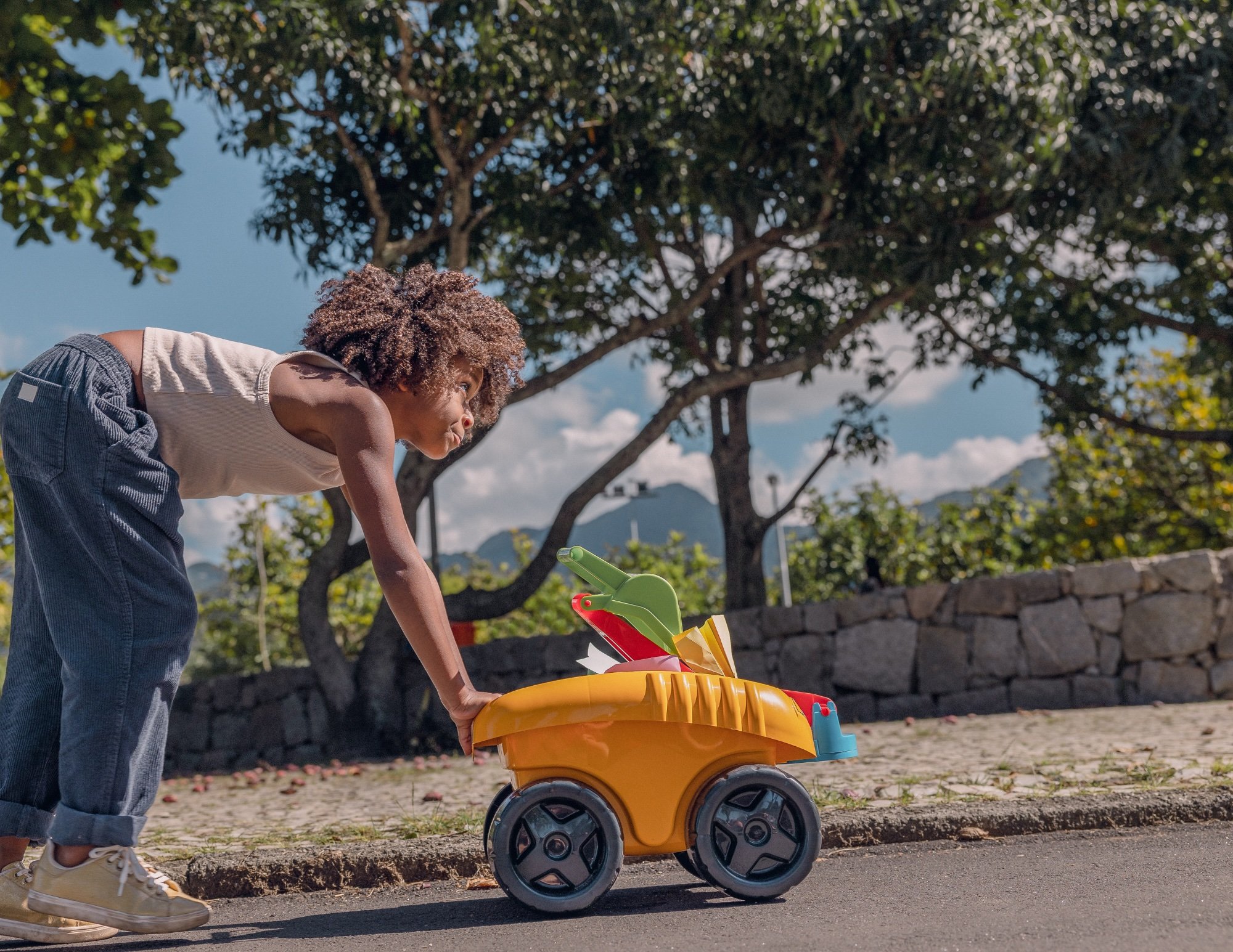Most parents and educators have heard a child make the tragic declaration: "I hate writing!" Often, the instinct is to reason with that resistance, usually by defending the importance of putting one’s thoughts onto paper (or screen) to communicate effectively. Unfortunately, much like the challenge of reading resistance, forcing the issue can worsen that child’s aversion.
Yet, the ability to write well is foundational. It drives communication, improves critical thinking, fosters creativity, provides a safe space for emotional expression, and plays a vital role in every aspect of academic success. So, what is the most effective way to gently guide children from that overwhelming and discouraging "hate" to a more positive relationship with their writing? Instead of getting tangled up in a power struggle, here are some effective strategies to help them rediscover the joy and power of the written word.
UNDERSTANDING THE ‘WHY’ BEHIND ‘I HATE WRITING’
When a child says, "I hate writing," what do they truly mean? Before parents and educators can create meaningful solutions, it’s important to understand how that particular child perceives the experience of writing and why it fuels their frustration. Common culprits often include:
Overwhelmed by the empty screen or page and ‘writer’s block’
Difficulty organizing ideas and structuring their writing
Frozen from the fear of making mistakes and a sense of pressure to produce perfect work on the first try
Lack of confidence in spelling, punctuation, and grammar
Disengagement and boredom with assigned or uninspiring topics
Physical struggles with handwriting/typing and fine motor skills deficits
Lack of enjoyment or sense of accomplishment toward writing in general
With a clearer picture of what a child feels towards writing, solutions can be tailored to their unique needs and feelings. A child who struggles with the physical task of handwriting or typing doesn’t need more exciting topics to improve engagement, and the child who is overwhelmed by a blank screen won’t feel any better after additional instruction in writing conventions.
For instance, if your child struggles with getting started or organizing their ideas, it can be powerfully effective to break down these tasks into smaller, more manageable steps that work to build towards a final product. It can also be helpful to encourage them to talk through their ideas first; sometimes verbalizing thoughts helps to better articulate them before trying to translate them to the physical page. Finally, sentence starters or story prompts can also gently nudge them past the blank page's emptiness. Small victories build confidence and help ease anxiety.
If the struggle lies in organizing thoughts, this could potentially signal a different learning style or an executive functioning skill that needs additional support. Visual tools like graphic organizers, mind maps, and even simple outlines can provide a much-needed framework. With a structure built out, the screen is no longer blank, and the organizational system exists before they start building out the rest of the written content within that framework.
INTEGRATE WRITING INTO DAILY LIFE
The more writing feels like a natural part of life, the less it will feel like a chore. Here are some effortless ways to embed writing into daily routines:
Keep a variety of engaging writing tools easily available and visible, such as fun notebooks or colorful writing tools
Create a comfortable, uplifting, and distraction-free writing space
Let them see you writing for pleasure and practical purposes – drafting grocery lists, journals, emails, etc.
Encourage writing in different genres that speak more to their interests: journals, stories, poems, comics, song lyrics, letters to loved ones, captions for photos, or even creating their own games with written instructions
Encourage imaginative play that asks them to write scripts for their toys, menus for a pretend restaurant, maps for made-up lands, or journals for their adventures
Write or verbally weave stories together, taking turns adding sentences or paragraphs
Differentiate the act of writing and the act of editing as separate tasks with their own objectives, praising effort, creativity, and ideas as the priority when it comes to writing
Explore innovative tech support - such as engaging writing apps, voice-to-text software for those who struggle with handwriting, or collaborative storytelling platforms
Ultimately, helping a child who "hates" writing to re-engage requires empathy, patience, and a willingness to invent creative, uniquely customized solutions. By understanding the roots of their resistance and creating an environment where writing feels less like an impossible demand and more like a joyful means of expression, they can rediscover the power and satisfaction of putting their unique voice onto the page.
Written by Brandi R.




















